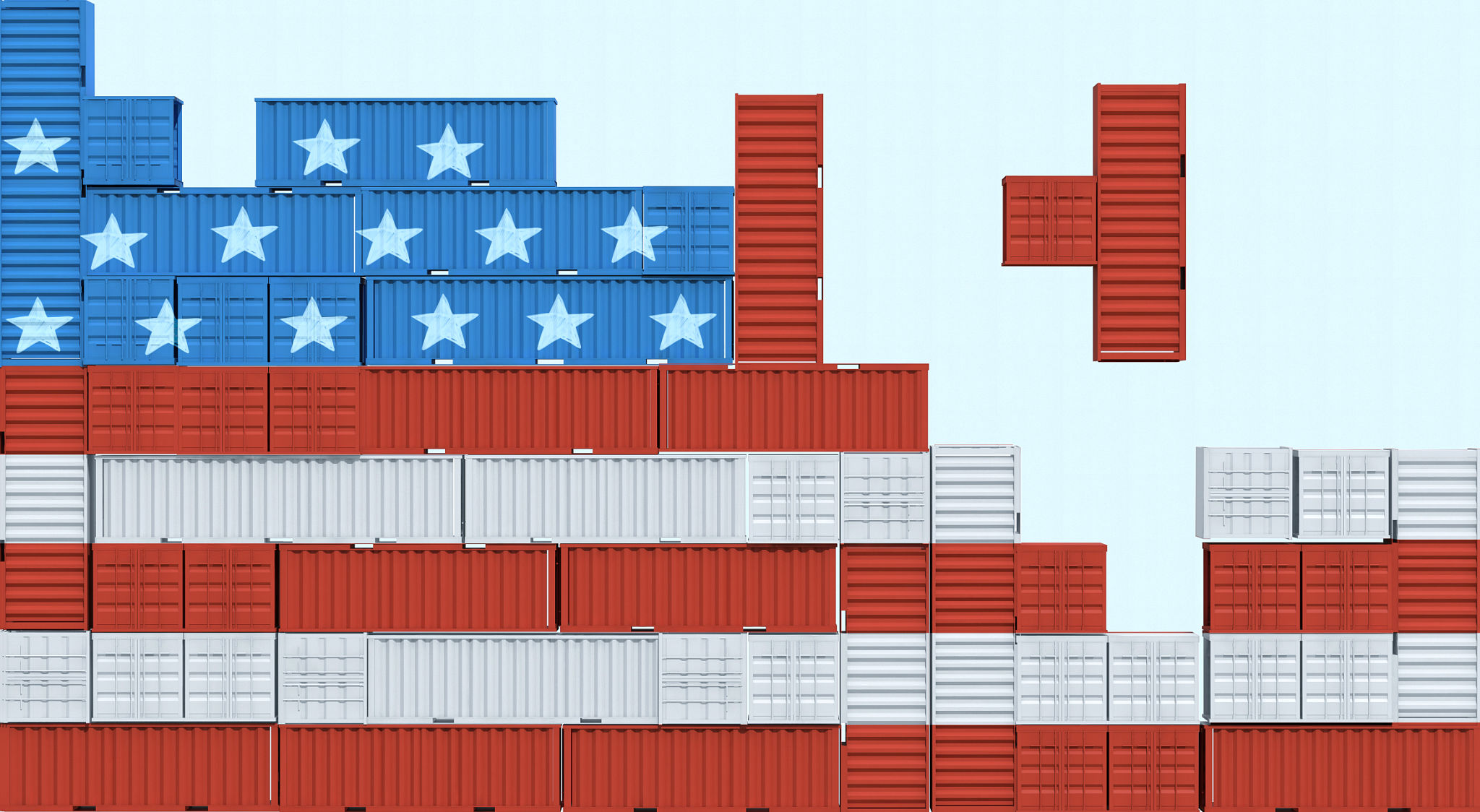10 Essential Tips for Ensuring Cargo Safety in Transit
Understand the Nature of Your Cargo
Before your cargo hits the road, it's crucial to understand its nature. Different types of goods require different handling, packaging, and storage conditions. For instance, perishable items need temperature-controlled environments, while fragile goods demand extra padding and secure packaging. Understanding your cargo ensures that you can take appropriate safety measures to prevent any damage during transit.

Use High-Quality Packaging Materials
The first line of defense for protecting your cargo is the packaging. Investing in high-quality packaging materials can make a significant difference in ensuring the safety of your goods. Use durable boxes, bubble wrap, and packing peanuts for added protection. It's also essential to ensure that boxes are not overstuffed, as this can lead to rupture and damage during transit.
Properly Label Your Cargo
Accurate labeling is a simple yet effective way to ensure cargo safety. Labels should clearly indicate the contents, handling instructions, and destination address. For hazardous materials, proper labeling is not just a safety measure but a legal requirement. This helps in alerting handlers to take necessary precautions during loading and unloading.

Secure Cargo with Straps and Tie-Downs
Even with sturdy packaging, goods can shift during transit if not adequately secured. Using straps and tie-downs helps in keeping the cargo in place. Make sure they are tightly fastened and regularly checked during transit to avoid any loosening that could lead to cargo movement and damage.
Conduct Routine Vehicle Inspections
The condition of the transport vehicle plays a vital role in cargo safety. Regular vehicle inspections help in identifying and addressing any mechanical issues before they become serious problems. Check the brakes, tires, lights, and suspension system routinely to ensure they are in optimal condition.

Implement a Tracking System
Utilizing a tracking system offers real-time updates on the location and status of your cargo. This technology not only allows for better coordination with clients but also enhances security by quickly identifying any deviations from the planned route. In case of emergencies, tracking systems can provide crucial information to mitigate risks effectively.
Train Your Staff
Your team plays a critical role in ensuring cargo safety. Providing them with proper training on handling, loading, and unloading procedures can significantly reduce the risk of accidents and damage. Regular training sessions keep everyone updated on the latest safety protocols and best practices.

Plan Your Routes Carefully
Route planning is an essential aspect of cargo safety. Avoid routes known for heavy traffic, poor road conditions, or adverse weather conditions whenever possible. Proper planning not only ensures timely delivery but also minimizes potential risks associated with difficult terrains or unstable weather patterns.
Monitor Weather Conditions
Weather can be unpredictable, posing significant risks to cargo safety. Monitoring weather forecasts allows you to make informed decisions about whether to delay a shipment or take an alternate route. Protecting your cargo from extreme weather conditions can prevent potential damage and ensure timely delivery.
Insure Your Cargo
No matter how many precautions you take, unforeseen circumstances can still occur. Having comprehensive insurance coverage for your cargo provides peace of mind, knowing that you are financially protected against losses or damages during transit. It’s a small investment that can save you from significant financial setbacks.
